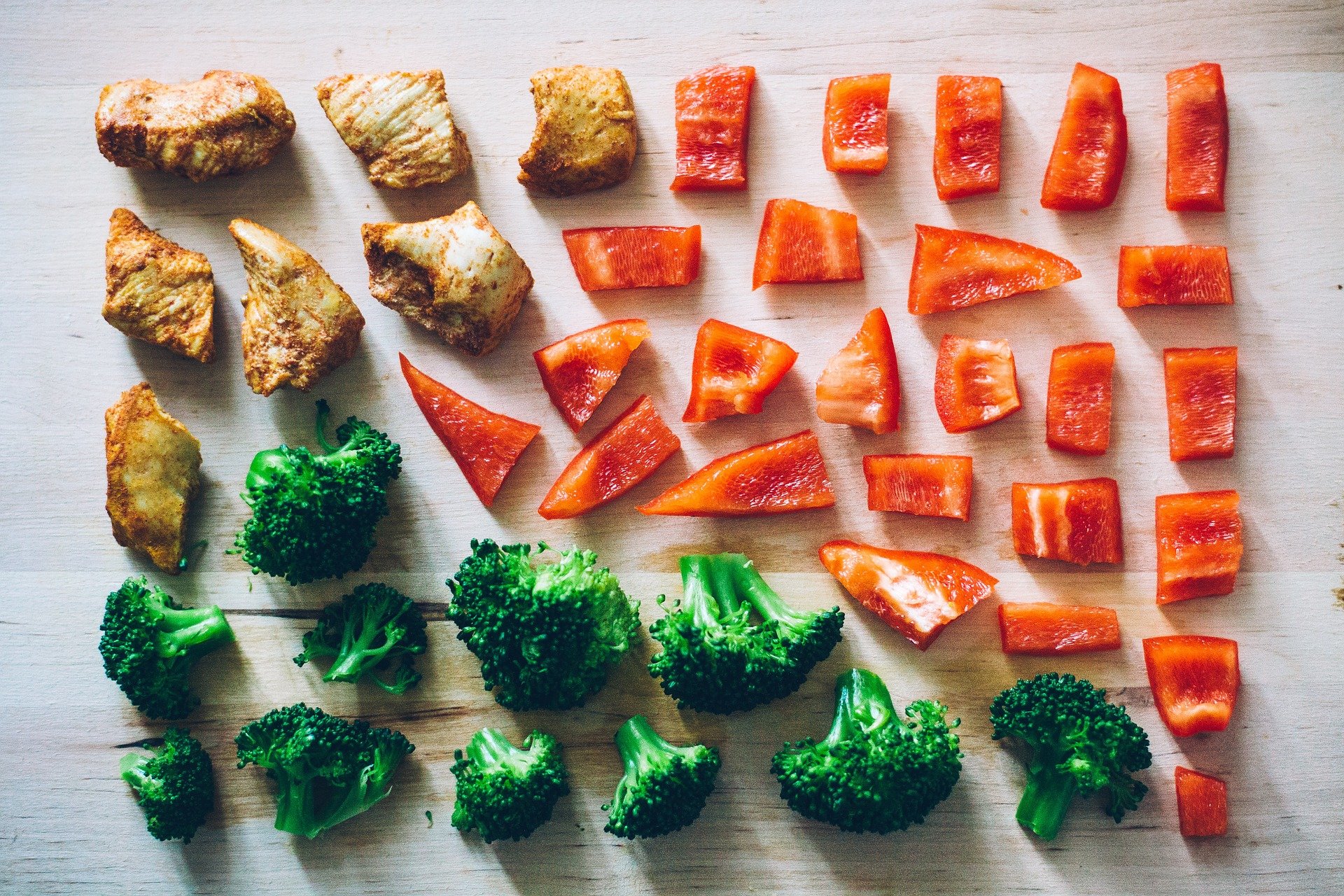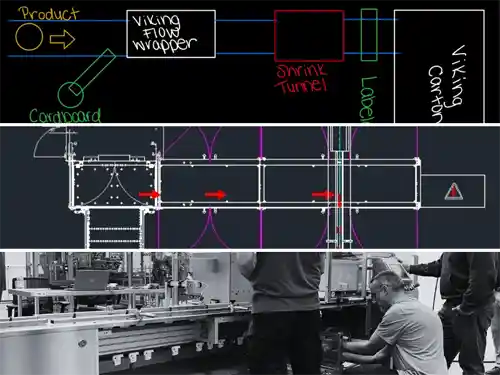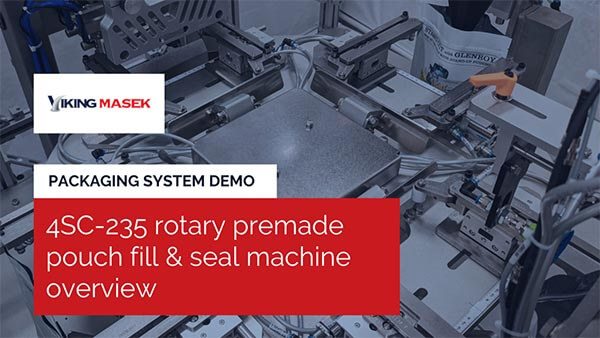Packaging, Not Preservatives: Why MAP May be Right for Your Natural Product
Many natural and organic product companies choose to forgo preservatives when formulating their products. However eliminating preservatives causes a marked decrease in shelf life and stability. Your consumers love that your product is preservative-free but also want a product with a convenient longer lifespan. Can you achieve the best of both worlds? With Modified Atmosphere Packaging or MAP, you certainly can.
What is MAP?
Modified Atmosphere Packaging seeks to either create or maintain a specific environment in the interior of a package with the goal of extending a product's shelf life, preserving product color, texture, and taste, and ensuring product safety. This isn't a new technology; it has been around for decades and is used by manufacturers and packagers of products like coffee, raw meat, fresh produce, and even pet food.
Why MAP?
Oxidation is the main offender when it comes to decreasing the shelf life, color, taste, smell, and texture of products. Think of how a peeled apple will brown or raw red meat turns grey when left exposed to the air; this does not necessarily mean the product is unsafe, it just looks and tastes less appealing. Consumers shop with their eyes first of all and an 'ugly' product, no matter how natural, will be a turn-off.
Oxidation is also the main culprit behind product degradation. Think sour milk or wilted, brown lettuce. An oxygen-rich environment is also a perfect breeding ground for bacteria and mold which can cause serious health issues if ingested.
Modified Atmosphere Packaging can create an oxygen-poor environment, which in the preservative-free product world is conducive to a longer shelf life, higher convenience for your consumers, and a more attractive and flavorful product.
The economic and social benefits of the new shelf life-extending MAP technology are just starting to hit the U.S. market. Extended shelf-life means the odds that product sells every day it is allowed to remain on the shelf increases exponentially. In addition, the entire supply chain can be leaner and more cost effective as MAP will allow food processors to streamline their labor and distribution operations. Consumer needs are also met as food processors now have the ability to reduce the amount of preservative ingredients in any given product and still preserve valuable shelf life. - Natural Products Insider
Types of MAP
Modified Atmosphere Packaging can be separated into two main categories: active and passive. Active MAP creates an environment within a package. Passive MAP maintains an already existing environment within a package. You can choose to use one format of Modified Atmosphere Packaging or many depending upon the needs of your product, supply chain, and consumer preferences.
Examples of MAP
Vacuum-packing is one example of active MAP. The standard for many years, this type of Modified Atmosphere Packaging completely removes the atmosphere from the inside of the package, leaving little if any empty space between the product and its packaging. This form of MAP has major drawbacks, however. The force needed to create a vacuum can destroy fragile products and remove necessary moisture from the product.
A more modern, gentle, and widely used example of active MAP is a process called gas flushing. A piece of equipment pumps a gas (usually nitrogen) into the package before it is filled with product, thereby displacing oxygen and other gases that are naturally present. After the gas flush the package is sealed, sometimes with as little as .5% residual oxygen left in the interior of the package.
One-way valves are an example of passive MAP. Often used in the coffee industry, these special valves allow a certain type of gas to escape the package (usually carbon dioxide) 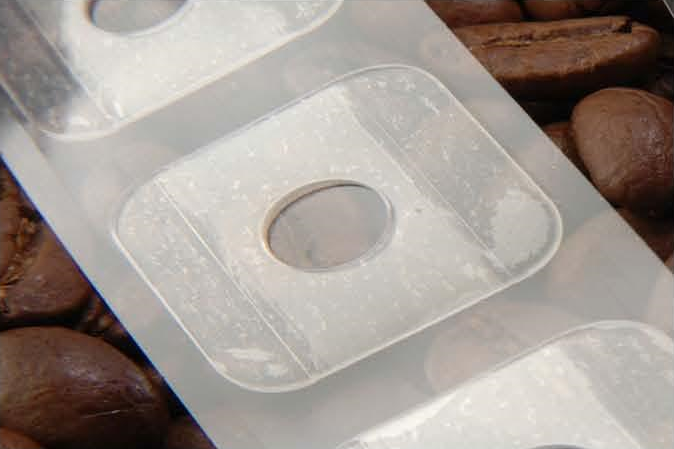 without letting outside gases in. This prevents bursting of the package as a result of gas build up and ensures oxidative gases are not allowed inside. Next time you're shopping for coffee, pay extra attention to the bags. You will often find a small, clear valve affixed to the front of the package. This is MAP at work in the marketplace.
without letting outside gases in. This prevents bursting of the package as a result of gas build up and ensures oxidative gases are not allowed inside. Next time you're shopping for coffee, pay extra attention to the bags. You will often find a small, clear valve affixed to the front of the package. This is MAP at work in the marketplace.
High-barrier packaging materials are another example of passive MAP. Specially created with layers of film that act as strong barriers against moisture, gases, UV rays, and contaminants, high-barrier packaging seeks to maintain the original internal environment of the package while simultaneously keeping the outside environment out.
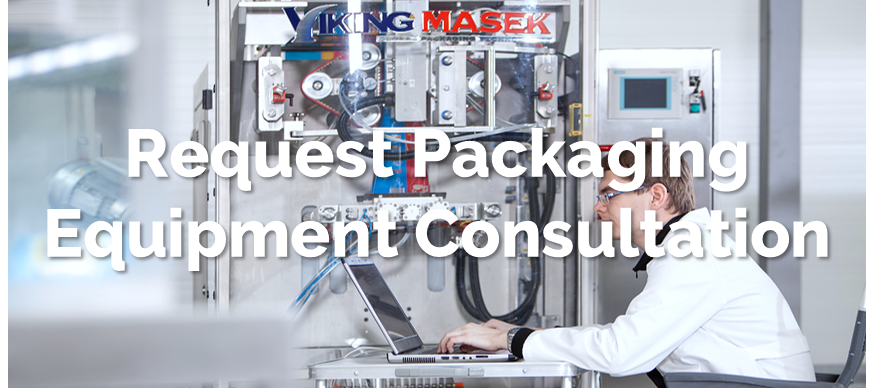 MAP for Natural and Organic Products
MAP for Natural and Organic Products
Find out more about how MAP packaging options can keep help you lean your supply chain, extend your product's lifespan by leaps and bounds, and keep your consumer base happy. Request a free packaging equipment consultation today.


